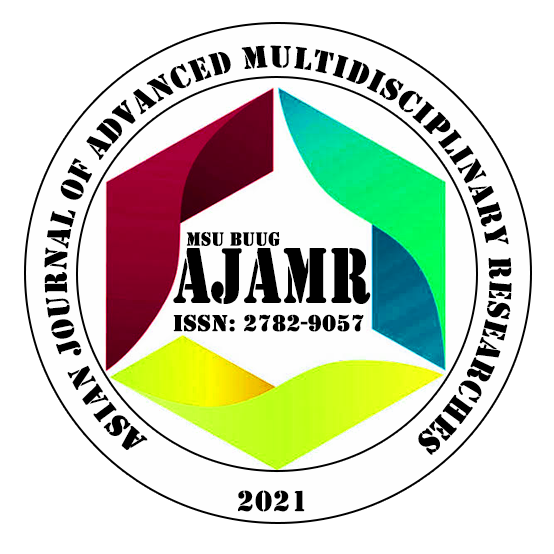

Authors: Christine Jane F. Indino1, Christine Joy F. Indino2, and Norhanie D. Macarao3
1,2,3English Department, MSU Buug Campus, Buug, Zamboanga Sibugay, Philippines
Email: indinochristinejoy@gmail.com2, norhanie.macarao@msubuug.edu.ph3
ABSTRACT
The correct translation of literary works is crucial in dissemination of the knowledge on cultural values, norms, behavior, and the characteristics
of a country. This study recorded the syntactic and semantic translation errors of the English- written Philippine short stories to Cebuano using
Google Translate. The study used a descriptive qualitative design in analyzing the corpus, the selected six Philippine folktales namely “Why
the Pińa Has a Hundred Eyes" by Neni Sta. Romana Cruz”; “The Story of the Monkey and the Turtle by Jose P. Rizal”; “The Necklace and the
Comb "by Neni Sta. Romana Cruz”; “The Old Woman and the Candles by Kevin Piamonte”; “The Man and the Coconut by Basab Ghosh”;
and “The Tale of Tonyo the Brave”, by Maria Aleah G. Taboclaon”. Comparative linguistics was used in examining and analyzing the original
and the translated texts particularly focusing on the syntactic and semantic translation errors of the stories. The results reveal that among the
errors, syntactic translation problems are the most highly committed errors and verb error is the highest committed type of error among other
syntactic translation problems. Other errors include word order, determiners, counting, adjectives, subject + verb agreement, and pronouns. On
the other hand, semantic errors were also committed, particularly referential errors. This indicates that using Google translation in translating
the Philippine folktales is not advisable as it commits various types of errors and may lead to misunderstanding on the content among readers.
Keywords: machine translation, artificial intelligence, Philippines folktales, Google Translate, error analysis.